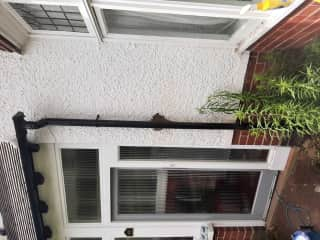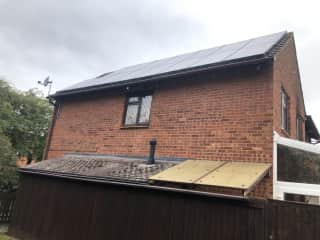You don’t always need scaffolding to replace guttering. If your home is a bungalow, the tradespeople might only need a ladder to replace your guttering. It’s when your home is two storeys or more that scaffolding is more necessary.
You might not need full scaffolding for a simple two-storey home. Guttering specialists use scaffold towers, which are the platforms you see underneath the scaffolding, where the installation is relatively straightforward. You might need scaffolding to replace guttering when there are obstructions to towers being used – for example, if you have a conservatory or the ground is very uneven. It's more likely that specialist roofline companies will use scaffold towers when necessary. Sole traders that replace guttering as part of their services may be comfortable using sturdy ladders.
There’s no legal requirement to say that you must have scaffolding when fitting guttering, but it is a good idea when working on homes rather than bungalows. If you’re unsure whether you need full scaffolding for your gutter replacement project, get a few quotes from reputable businesses of different sizes. If you’ve been quoted by one company that you need full scaffolding whereas everyone else says that only towers are needed, it’s likely that the job is perfectly safe to carry out with just towers.




